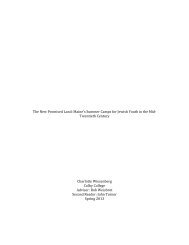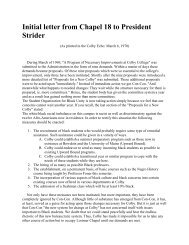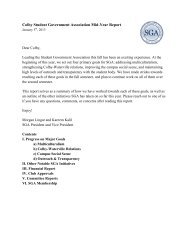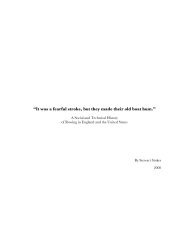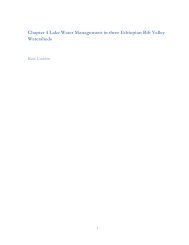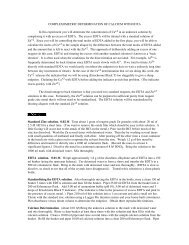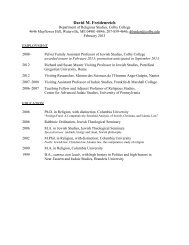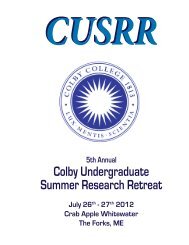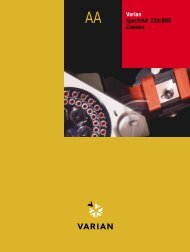College Attendance Among Jews in Lewiston, Maine, During the ...
College Attendance Among Jews in Lewiston, Maine, During the ...
College Attendance Among Jews in Lewiston, Maine, During the ...
Create successful ePaper yourself
Turn your PDF publications into a flip-book with our unique Google optimized e-Paper software.
Clearly, economics alone cannot account for <strong>the</strong> disparity <strong>in</strong> post-secondary education<br />
patterns among <strong>Jews</strong> and non-<strong>Jews</strong>. Here we turn aga<strong>in</strong> to <strong>the</strong> notion that Jewish people valued<br />
education. Different people have different sets of values, and <strong>the</strong> value system held by <strong>Jews</strong><br />
encouraged high rates of post-secondary education. An anecdote from an <strong>in</strong>terview with Lester<br />
Jolovitz evokes this Jewish po<strong>in</strong>t of view. When Jolovitz was asked if he was expected to take<br />
over his fa<strong>the</strong>r’s grocery store, he replied:<br />
First of all, I hated <strong>the</strong> bus<strong>in</strong>ess. From an early age, I decided this is not for me.<br />
And, I always, I don’t know why, I just knew that I would not end up work<strong>in</strong>g <strong>in</strong><br />
my fa<strong>the</strong>r’s store, or go <strong>in</strong>to <strong>the</strong> mill, as 99% of my friends did, go <strong>in</strong>to <strong>the</strong><br />
factory. I always had an idea <strong>the</strong>re was more to life…my parents <strong>in</strong>stilled <strong>in</strong> me<br />
and my bro<strong>the</strong>r that <strong>the</strong>re was more to… well, it was generally understood we’d<br />
go to college.<br />
What Jolovitz is describ<strong>in</strong>g is a value related to upward mobility, one that was not a typical value<br />
for his time. Jolovitz was <strong>the</strong> only Jewish boy <strong>in</strong> his high school class, and he was one of <strong>the</strong><br />
three <strong>in</strong> his graduat<strong>in</strong>g class of 60 to go to college because <strong>the</strong> majority of his classmates went to<br />
work <strong>in</strong> <strong>the</strong> factories and on <strong>the</strong> farms (Jolovitz 2010). In <strong>the</strong> context of his high school, Lester<br />
Jolovitz’s educational expectations were extraord<strong>in</strong>ary, but <strong>the</strong>y appear to be typical for <strong>Jews</strong> <strong>in</strong><br />
Ma<strong>in</strong>e.<br />
We can learn about <strong>the</strong> extent to which Jewish people valued education by view<strong>in</strong>g how<br />
several factors <strong>in</strong>fluenced a Jewish student’s probability of go<strong>in</strong>g to college. To beg<strong>in</strong>, <strong>the</strong><br />
number of children <strong>in</strong> <strong>the</strong> family was <strong>in</strong>fluential (Figure 10). Families with two children were<br />
<strong>the</strong> most likely to send <strong>the</strong>ir children to college. The college rate decreases cont<strong>in</strong>ually with<br />
additional children <strong>in</strong> <strong>the</strong> family, although households of three and four children still display<br />
high college attendance rates. The decl<strong>in</strong>e <strong>in</strong> college attendance rates could be because <strong>the</strong><br />
families with more children did not have <strong>the</strong> f<strong>in</strong>ancial resources to support each child through<br />
11



